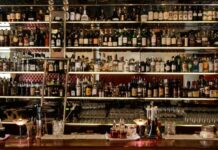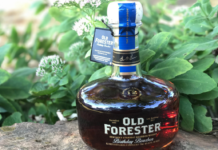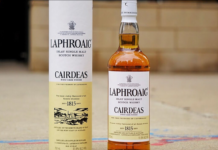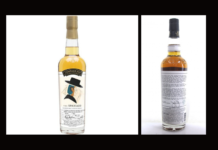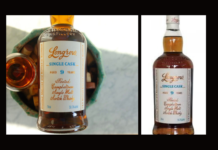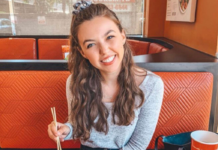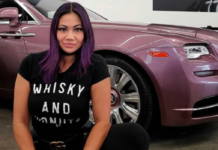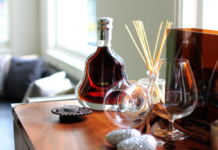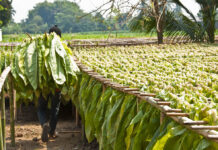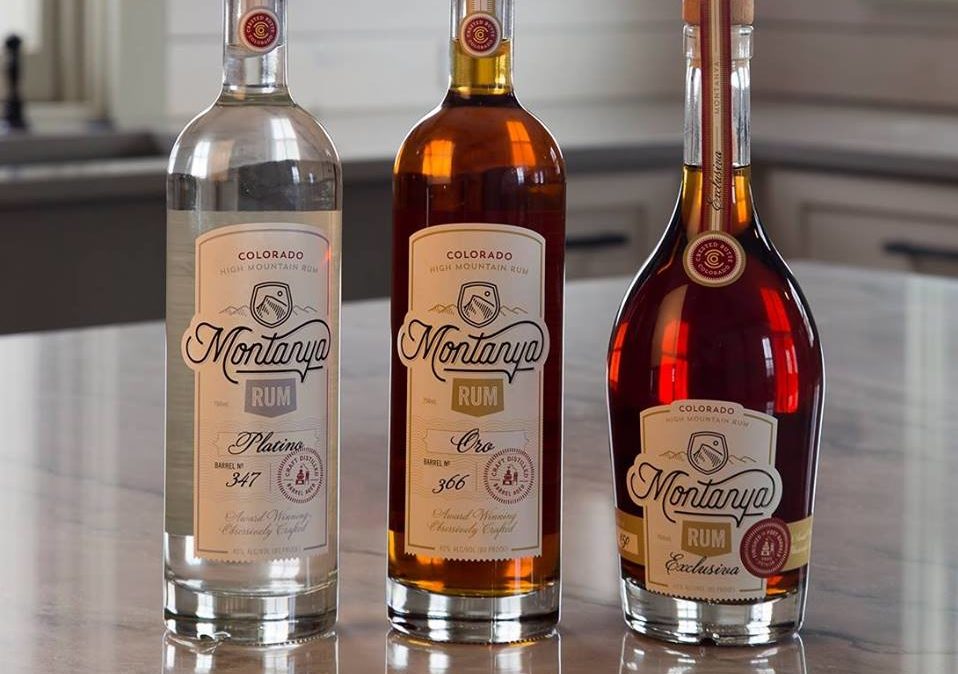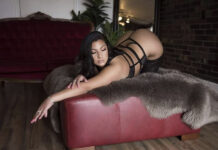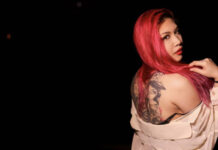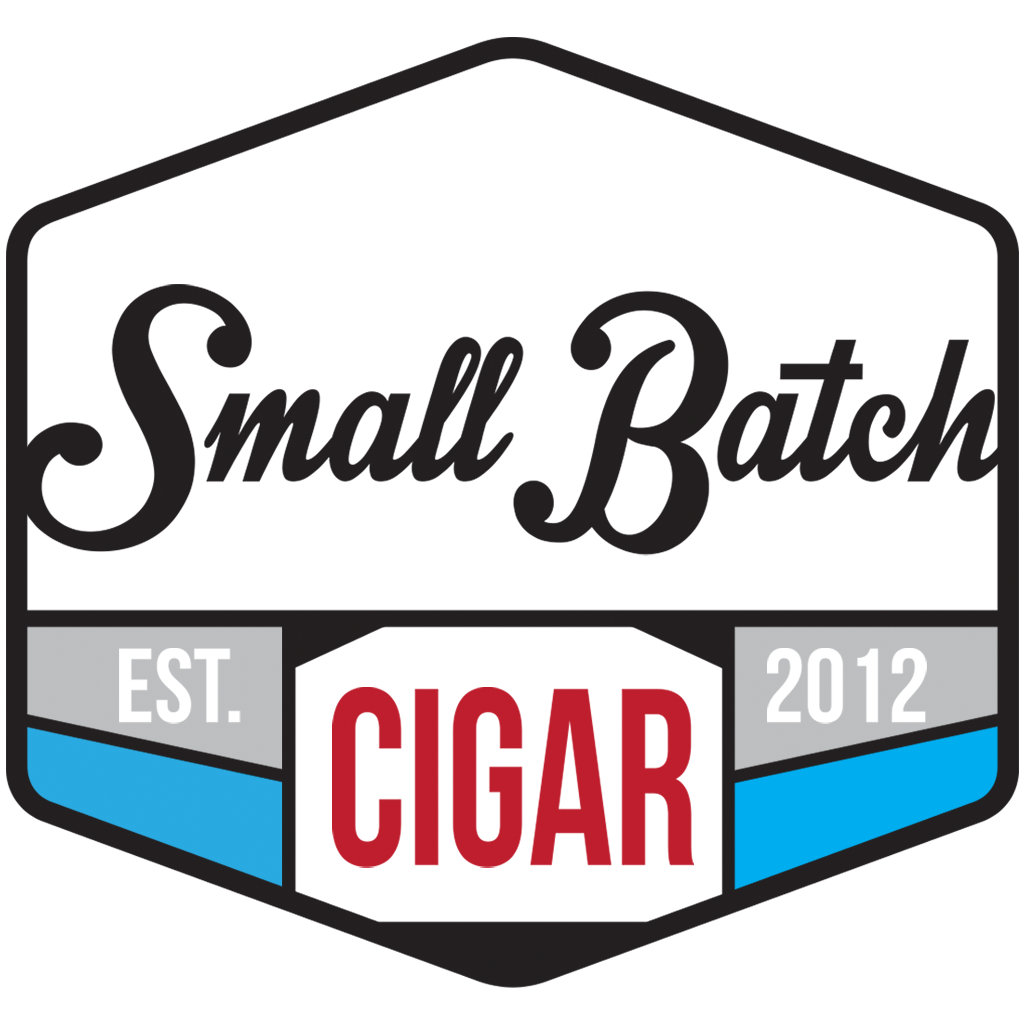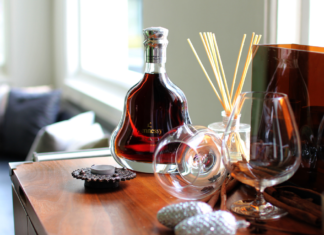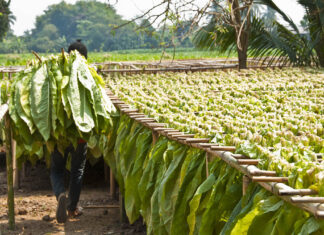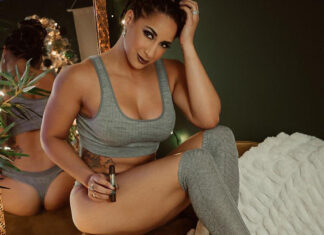Montanya Distillers is nestled high in the Rocky Mountains at 9000 ft. in the charming town of Crested Butte, Colorado. Their high alpine location makes great sense for making rum, since the altitude positively affects almost every aspect of fermenting, distilling and aging rum and they heat their building with their stills. Their non-GMO sugar cane comes from family farmers in Louisiana, who grow and mill for us. The water comes from one of the purest spring and snowmelt charged aquifers in the USA. The Montanya Rums are made by hand, from scratch, in a very traditional way using alembic copper pot stills from Portugal.
The person behind the entire operation is Karen Hoskin. Karen, her husband, partners and staff make this distillery run smoothly and create the rum you come to love. Read her journey below, from a once upon a dream to a full blown reality of operating her own distillery.
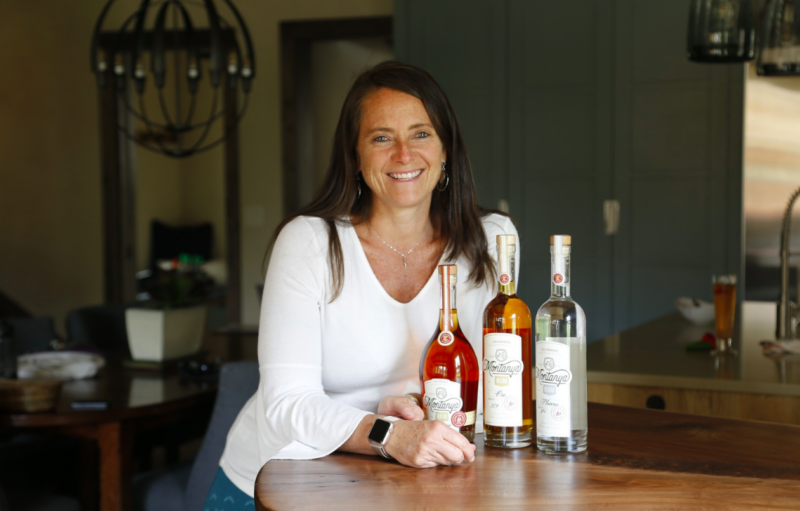 Karen, please tell us a little about yourself. How did you find yourself in the world of spirit distillation?
Karen, please tell us a little about yourself. How did you find yourself in the world of spirit distillation?
KH: Almost three decades ago, I almost started a craft brewery in Flagstaff, Arizona. This was before the craft beer boom. It would have been a very exciting and prosperous venture. The only problems were that I have never liked beer and I was a broke 20 year old. So when I saw the same early inklings of a trend in craft spirits 15 years later, I knew I needed to jump on this opportunity. I had a little money and had been conducting a long love affair with rum.
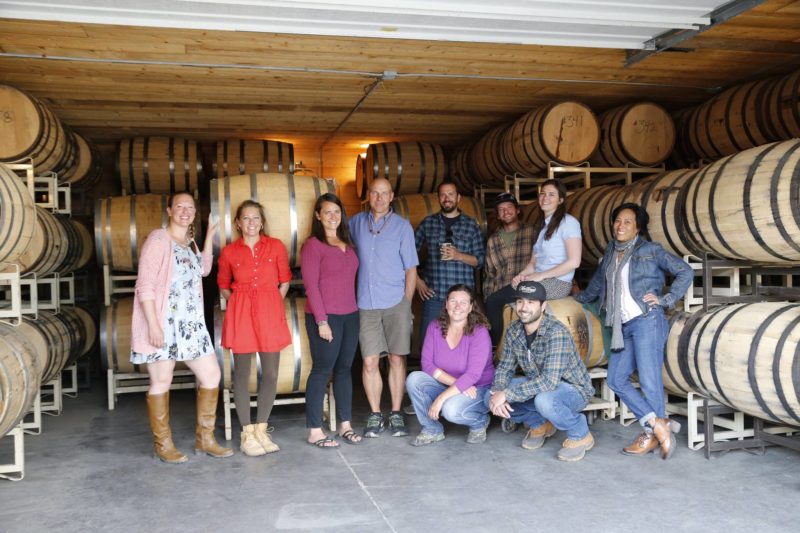 Please tell me how the distillery came about?
Please tell me how the distillery came about?
KH: My husband and I were sitting on an island in Belize, watching eagle rays swim around our feet. We were talking about the future and I said, out loud for the first time, that I wanted to phase out of my 12 year business as a graphic designer and brand builder. I had grown tired of giving away all my work to feed the dreams of other entrepreneurs. I had a really good rum cocktail in my hand at that moment. He asked what I wanted to do next and I tipped my glass toward him and said, “Make rum”. Five months later, I had a TTB permit. My husband had a company at the time that could support our family, so we took a leap of faith.
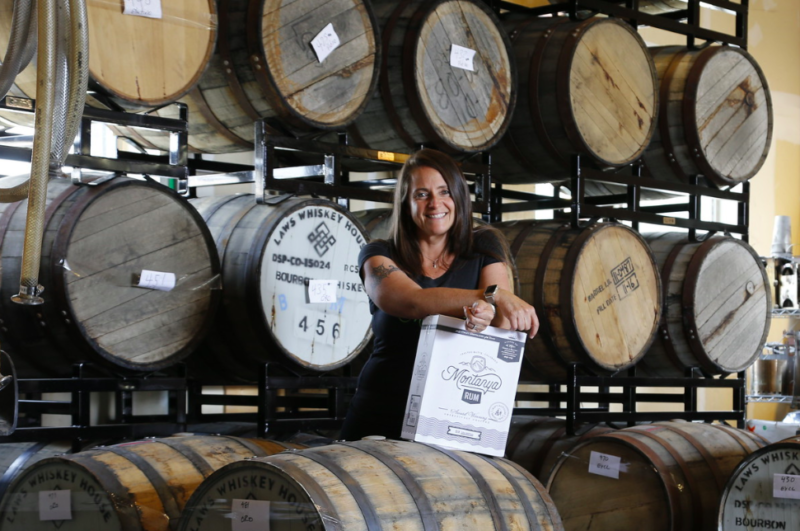 Is there anyone else involved in this business with you
Is there anyone else involved in this business with you
KH: I have 5 investors. Today we have 23 employees. In those early days, it was mostly me and tons of support from my husband Brice. I could not have done it without his help. But I am the one who lives and breathes it.
What have been the main challenges involved in setting up a new distillery?
KH: My main challenge, which I didn’t truly understand until years later, was that I didn’t have a clue what I was doing. I had never worked in the spirits industry except as a longtime bartender. I had designed branding and websites, but I had never actually sold a product myself. It was 2008, so the economy was crashing down around me. I had no idea what the “three tiered system” even was, much less that it forms the foundation of how all alcoholic beverages are sold in the USA. I would pretend I knew what someone was talking about on the phone and then I would spend an hour after the call deciphering what they had said using Google or by asking insider friends. I am sure there was a lot of chuckling going on in the background. It has only taken me 9 years to get my feet under me.
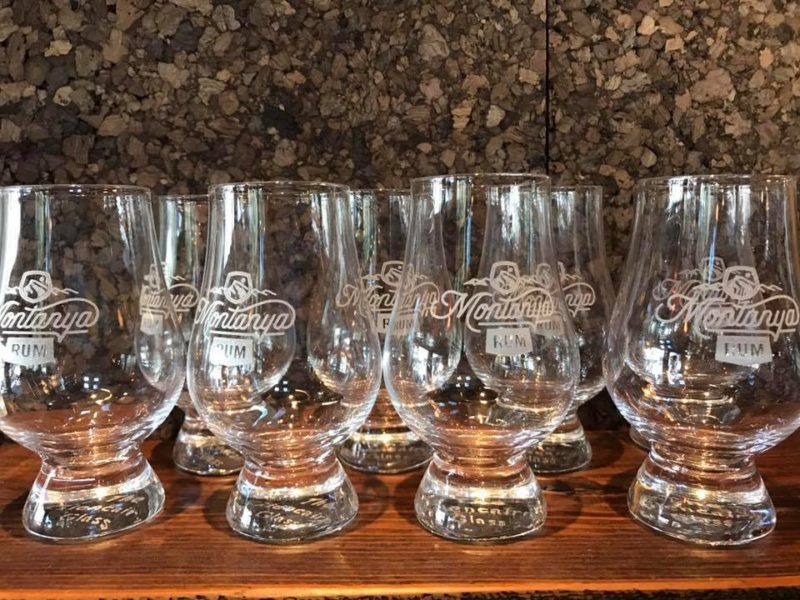 And what has been the part you’ve enjoyed most?
And what has been the part you’ve enjoyed most?
KH: I love the young people I get to work with. Some say 20-somethings don’t know how to work. This has not been my experience at all. I have the most incredibly hard working, classy staff you will ever meet. We are half women, which is exceedingly rare in the distilling world. Women run the stills, bottle the rum, drive the forklift, load the pallets, sell rum, do our bookkeeping and accounting, make incredible cocktails, and design our menus. The team is a total blast.
Also, I love that the rum world is not snobby, even though many rums can stand toe to toe with the best whiskeys and scotches.
What exactly does your job entail?
KH: My job is unbelievably diverse. I do a little of every single thing in the company. Until this year, I helped bottle every bottle of rum we sold. I taste and choose spirits and decide the final formulas. I don’t get to tend the stills because that requires undistracted focus, of which I rarely have the luxury. I would probably cause a geyser of fermentation while I was taking a call from a VIP. I work closely with our sugar cane growing families and their mill. I manage our restaurant and rum bar. I work with our overseas partners, negotiate our contracts, maintain our website and social network presence. And I sell rum relentlessly, do tasting events and teach at distilling conferences. I am not being cheeky when I say this, but I also clean, plant flowers and make repairs.
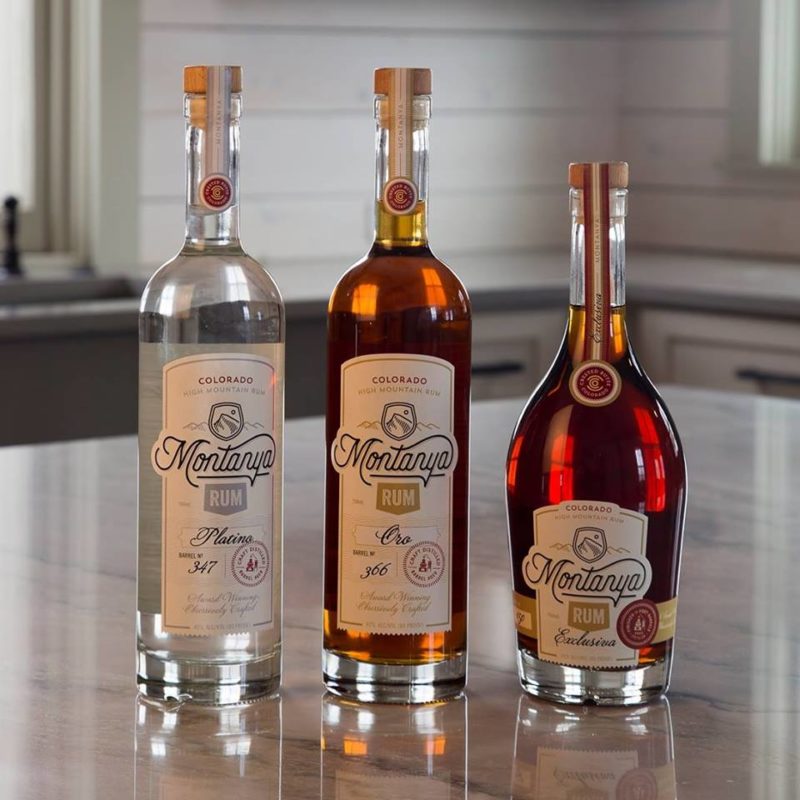 What rum expressions do you currently produce?
What rum expressions do you currently produce?
KH: Montanya Oro, Montanya Exclusiva and Montanya Platino. All are aged. Rum collection
What are your maturation conditions like?
KH: We age our rums at 9,000 feet in Crested Butte, Colorado. The Oro and Platino are aged for a year in ex-whiskey barrels from AD Laws Whiskey House in Denver. We used Stranahan’s barrels for most of our lifespan, but we made the switch to AD Laws about a year ago. The Exclusiva spends two and a half years in the whiskey barrel and is finished for 6 months in a french oak, ex Cab Sav and Port barrel from Sutcliffe Vineyards in Colorado. Temperatures fluctuate in our barrel room 20-30 degrees in a day, causing the rum to move around in the barrel, enter and leave the pores during the aging process, resulting in a more kenetic process with more liquid accessing the oak (which is good!)
What three words do you want people to associate with your rum?
KH: Quality, Smoothness, Complexity
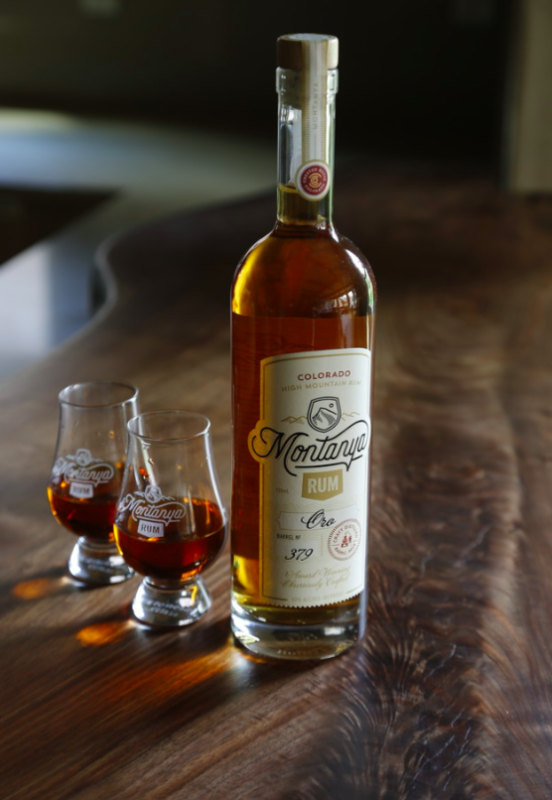 Walk us through the distillation process briefly. Is there a flavor profile you’re looking for before bottling the rum?
Walk us through the distillation process briefly. Is there a flavor profile you’re looking for before bottling the rum?
KH: We distill for 7 hours a day on 400 liter Alembic Copper Pot Stills from Portugal. As much as I am inspired by the Guatemalan mountain tradition, I am also inspired by the way Cognac is made. Caramelization takes place in an all copper pot still over open flame, creating flavor complexity like no other process. Our stills sit over open flames because it activates the copper to attract impurities and produces a clean yet flavorful spirit straight off the still. You can make rum in a hundred different ways, but I am a traditionalist. My favorites are made in pot stills not huge factory columns.
What are the most important factors affecting rum distillation?
KH: Sugar cane, and how it is processed, is the one of two critical factors to making rum. The other is water.
Many craft rum distillers buy molasses or raw cane out of the commodity market, straight from the refinery. Refined sugar cane uses a huge amount of excess processing and energy to strip the final product of everything that was gorgeous about it in the beginning. The goal is to make it uniform for your table. We don’t want refinement or uniformity. We want depth of flavor, which refining removes. So we take the first press, first boil and first crystallization of the cane, which is unrefined and unprocessed. We buy it straight from the farmers who grow it and the mills on their property.
60% of what is in any bottle of spirits, and 80% of what comprises the process of making spirits from scratch is water. We proof our rum with water pulled from an aquifer 350 feet below our facility in the Rocky Mountains. This water never enters the municipal supply and thus never gets treated with fluoride and chlorine, so we don’t need to reverse osmosis filter it. Our water is similar to water they value so much in Scotland – rising from deep underground after being naturally filtered by layers of earth and mineralized by stone.
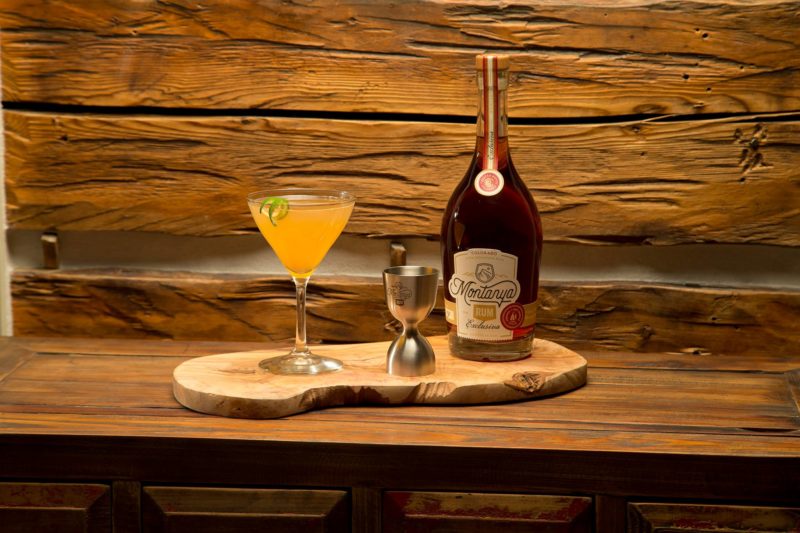 How do you ensure that these are carefully balanced to produce a consistently high quality product?
How do you ensure that these are carefully balanced to produce a consistently high quality product?
KH: A Human being with a trained palate is involved with every step of our process. You can’t get great tasting rum out of barrel unless you put great rum in. You can’t get great rum off the still if you haven’t taken enormous care with the fermentation. It is a lot like baking. If you don’t give your yeast the right love, everything downstream will be off.
We talk a lot about “obsessively crafting” rum and it isn’t just a marketing slogan. We taste and evaluate at every step from fermentation to distillation to aging, finishing and proofing. If it were only about temperature and ABV, we’d miss some tasty congeners in the transitions that make (or break) flavor. That is where the magic is.
Most rum brands solve for variability by blending. We don’t blend. Our rums are all single barrel, which means we have a lot riding on the quality of the liquid and the oak from start to finish. I believe computers and automation are the death of vibrancy and robustness in spirits. As a rum lover, I can only predict quality by tasting the distillate. Only one batch failed my quality test so far, and it was still good enough for rum punch and a big staff party.
Where do you see your distillery 5 years from now?
KH: Good question. As we grow and build a loyal following, we inevitably attract the attention of bigger companies. These companies are acquiring craft distilleries like wildfire at irrational prices because they are rarely able to succeed in building authenticity and story themselves. If I don’t sell, I will be forced to fight against getting bought off the shelf by the bigger brands with deeper pockets offering larger sales incentives against me. I am not being paranoid, it is pretty vicious out there.
Also, I may have a bit of Founder’s Syndrome in which my deep commitment to quality, craft, sustainability, and small batches will make it hard to compete. Montanya’s growth has been reliable and steady for almost 10 years. I often wonder if I am the best person to captain this bigger boat. I don’t have much ego in the game, which seems like a prerequisite. I’d love to find a partner with more savvy to help take it to the next level.
“I love the young people I get to work with. Some say 20-somethings don’t know how to work. This has not been my experience at all. I have the most incredibly hard working, classy staff you will ever meet. We are half women, which is exceedingly rare in the distilling world. Women run the stills, bottle the rum, drive the forklift, load the pallets, sell rum, do our bookkeeping and accounting, make incredible cocktails, and design our menus. The team is a total blast. ” -Karen Hoskin
Anything else you’d like to share with our readers?
KH: We are one of the most environmentally responsible distilleries in the world. 100% wind powered, 100% biomass-operated cane processing, nearly 100% carbon offset, 100% straw and plastic cup free, a strong proponent of zero waste events, and committed to sustainable merchandise.
One last note. I was told over and over for years by industry veterans that spirits buyers don’t care about the details. Lie to them, rip them off, sell them crap in a fancy bottle. Tell them fake marketing tales and they will keep on buying. I held steadfast to the belief that consumers do care, and they were going to become informed, ask tough questions, and turn away from the bad eggs. Is it schadenfreude to say I get some pleasure when it happens, which is more and more often now?

